Karol Wojtyla and Jerzy Kluger met often after they were reunited in 1965, two decades after the slaughter of World War II. On the last day of 2011, Jerzy joined his childhood friend Karol. He died in Rome after the Alzheimer’s disease from which he suffered had prevented him from even being present at the May 1 beatification of his friend the Pope. The engineer Kluger was a friend of “Lolek” from their years of elementary school. One a Catholic, the other a Jew, they were playmates, and then went to school together through high school. Then one studied theology and the other went to Warsaw to become an engineer. The war swept everything away.
Kluger’s family was wiped out. The boys enrolled, women ended up in concentration camps. Karol followed his priestly vocation and Jerzy finally found his life in England, married a Catholic woman, had two children and eventually moved to Rome. And there, during the years of the Council he found his old friend.
Wojtyla was now bishop of Krakow, and each time he came to Rome he visited the Kluger family. This tradition did not end when he became Pope. The friendship between “Lolek and Jurek,” as they called each other, was revealed in 1993 by Gianfranco Svidercoschi in the book Letter to a Jewish Friend. The author now recalls Jerzy and says: “Their friendship was very deep, and also made up of little things. One of the memories which was still vivid in Kluger’s memory, even when he was old and ill, was an episode that happened when they were six years old and tried to steal the wooden sword of the only police officer in Wadowice.”
The proximity of the Polish Pope to his childhood friend is remembered also by some of their other classmates from high school.
“The Holy Father,” says John Paul’s former personal secretary, Cardinal Stanislaw Dziwisz of Krakow, in his book A Life with Karol, written with Svidercoschi, “occasionally invited him [Kluger] to lunch or dinner with the family. And even then they continued to call each other by their first names and continued to talk as two fellow students. The engineer Kluger treated the Pope as if he were a member of the family, and the Pope really felt like one of them. He baptized his niece, then he blessed her marriage, and then he baptized her daughter. A true friendship! The friendship of a lifetime!”
In fact, in Wadowice in the early to mid-20th century, a third of the population of 10,000 were Jews, deeply Polish and patriotic.
As told by Svidercoschi, the owner of the flat where the Wojtyla family lived was also Jewish. “Ginka, a friend who lived upstairs, was also Jewish. He was just a little older than Karol and got him interested in theater.” In such a climate it was quite normal that Karol’s closest childhood friend was Jurek.
“Jurek went to Wojtyla’s home,” writes Cardinal Dziwisz, for 40 years secretary of Karol Wojtyla, “because Lolek’s father, Mr. Captain, helped them with their homework. Lolek went to Jurek’s home to listen to the radio or to the quartet headed by the lawyer Kluger, who was president of the local Jewish community.”
Among the many meetings of the two, one in particular was significant. When the Pope visited Yad Vashem in the year 2000, Kluger was there, among survivors. “It was a moment difficult to explain in words,” Jerzy said after the meeting. “This was a great, great Pope.”
The book Letter to a Jewish Friend made the world aware of this friendship, and also of the Pope’s personal relationship with the Polish Jewish community. In April of 1989, Wojtyla asked his Jewish friend to represent him in the ceremony held by the Jewish community of Wadowice, John Paul’s birthplace, on May 9 to commemorate the destruction of the local synagogue by the Nazis. “I remember very clearly the Wadowice Synagogue, which was near our high school,” the Polish Pope wrote in his letter to Jerzy. “I have before my eyes the many worshippers who during their holidays passed on their way to pray there. On May 9 in Wadowice, please tell those who are gathered there that, together with them, I remember their fellow countrymen who were killed, many of whom were our colleagues in primary school and then in high school.”
The future Pope had some of his best friends in the Jewish community. Wojtyla experienced the tragedy of the war and of the Nazi invasion together with them. Kluger’s mother and his 20-year-old sister Tesia disappeard in the death camps, along with his grandfather.
For this reason, John Paul II’s visit to Auschwitz took on a special meaning, almost familiar. “I had to come,” the Pope said on that occasion. It was also because of this special relationship with the Jewish world that John Paul II decided to “cross the Tiber” and go, as the first Pope in history, to visit the Synagogue of Rome in 1986. It was a carefully-prepared event that opened many roads and transformed into reality the meaning of Nostra Aetate.
Somehow the Catholic Church has a debt of gratitude to the Kluger family and to little Jurek.

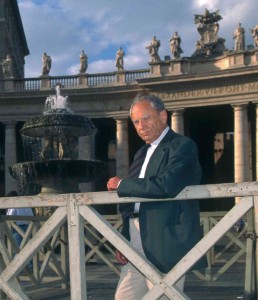
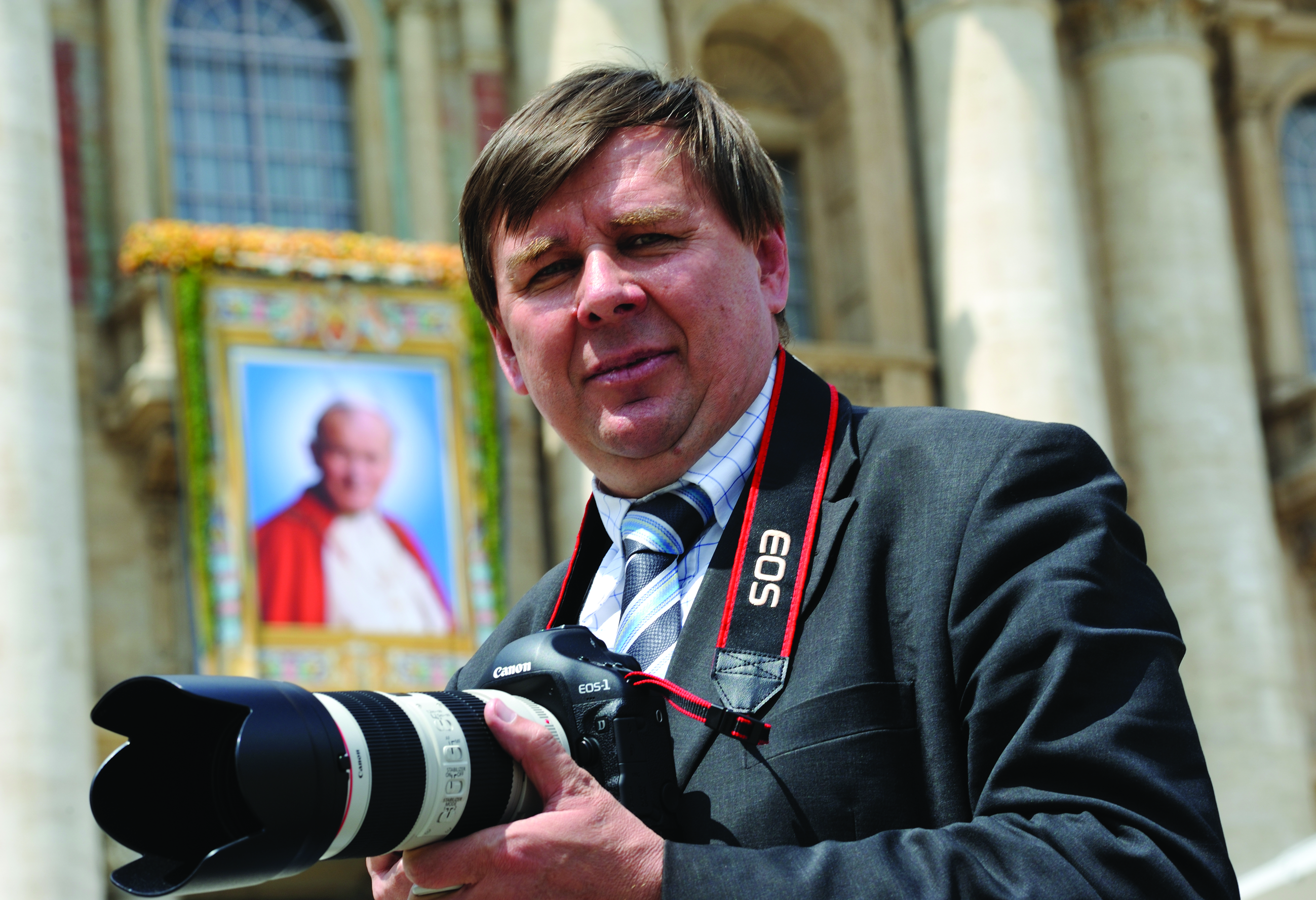
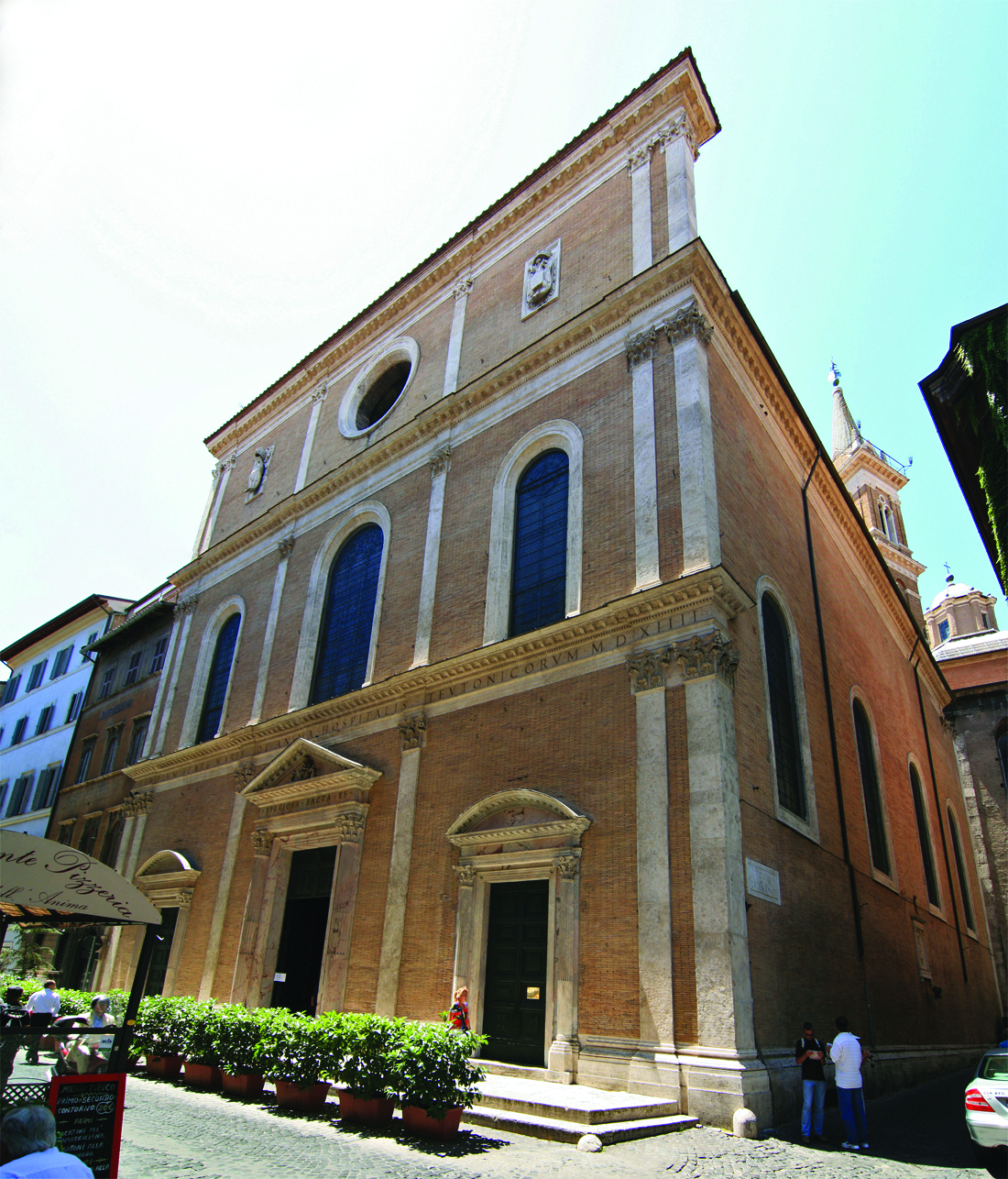
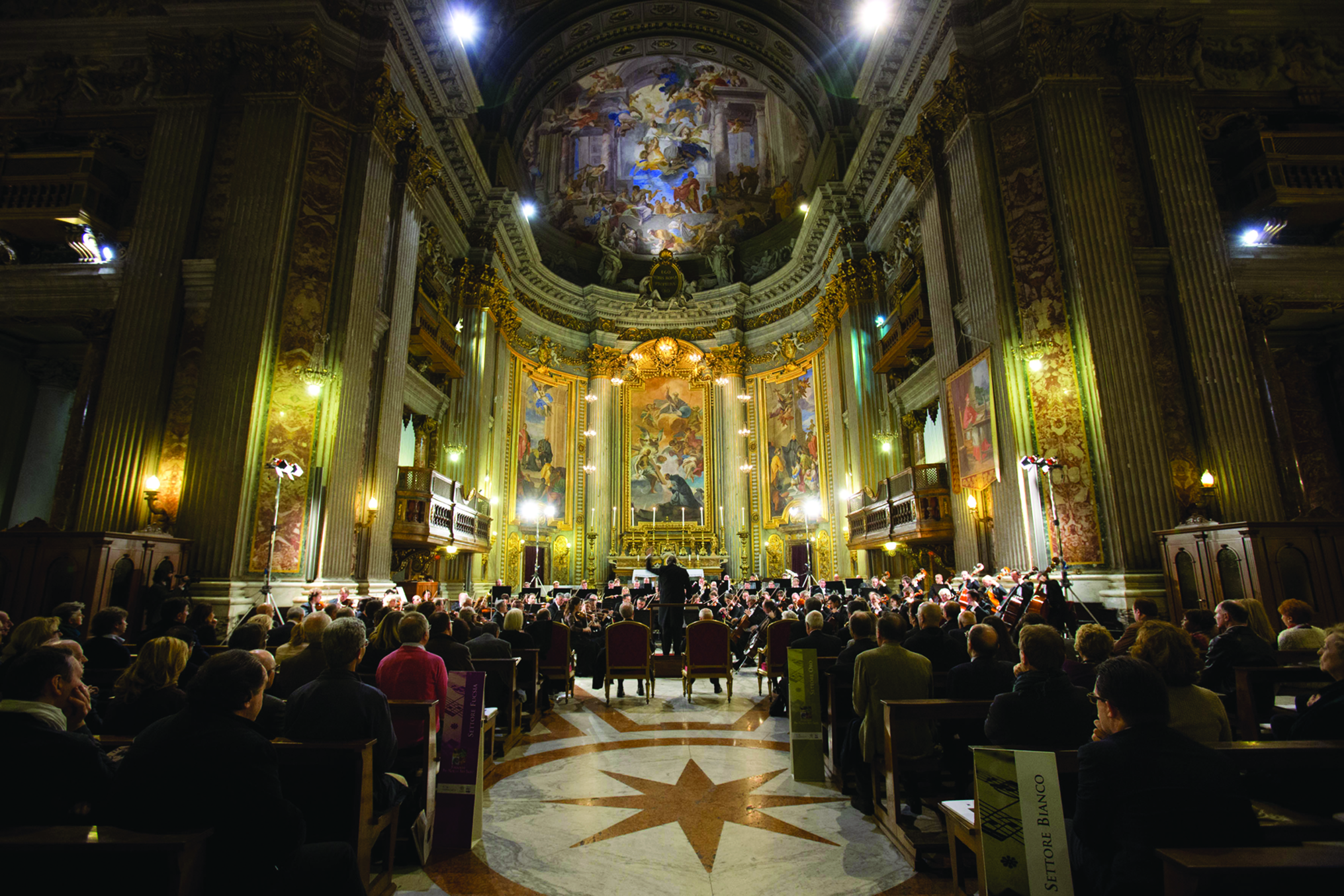
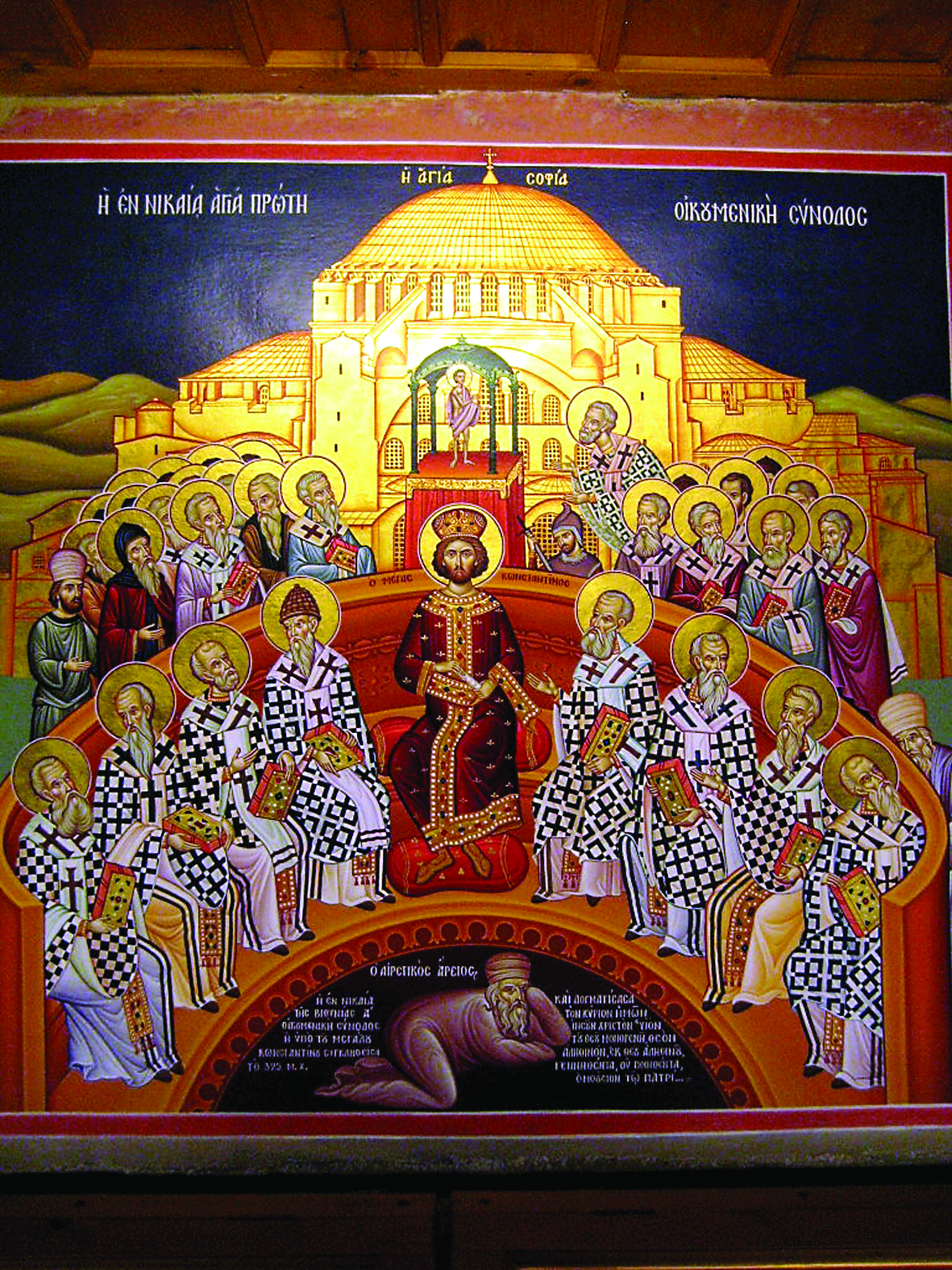
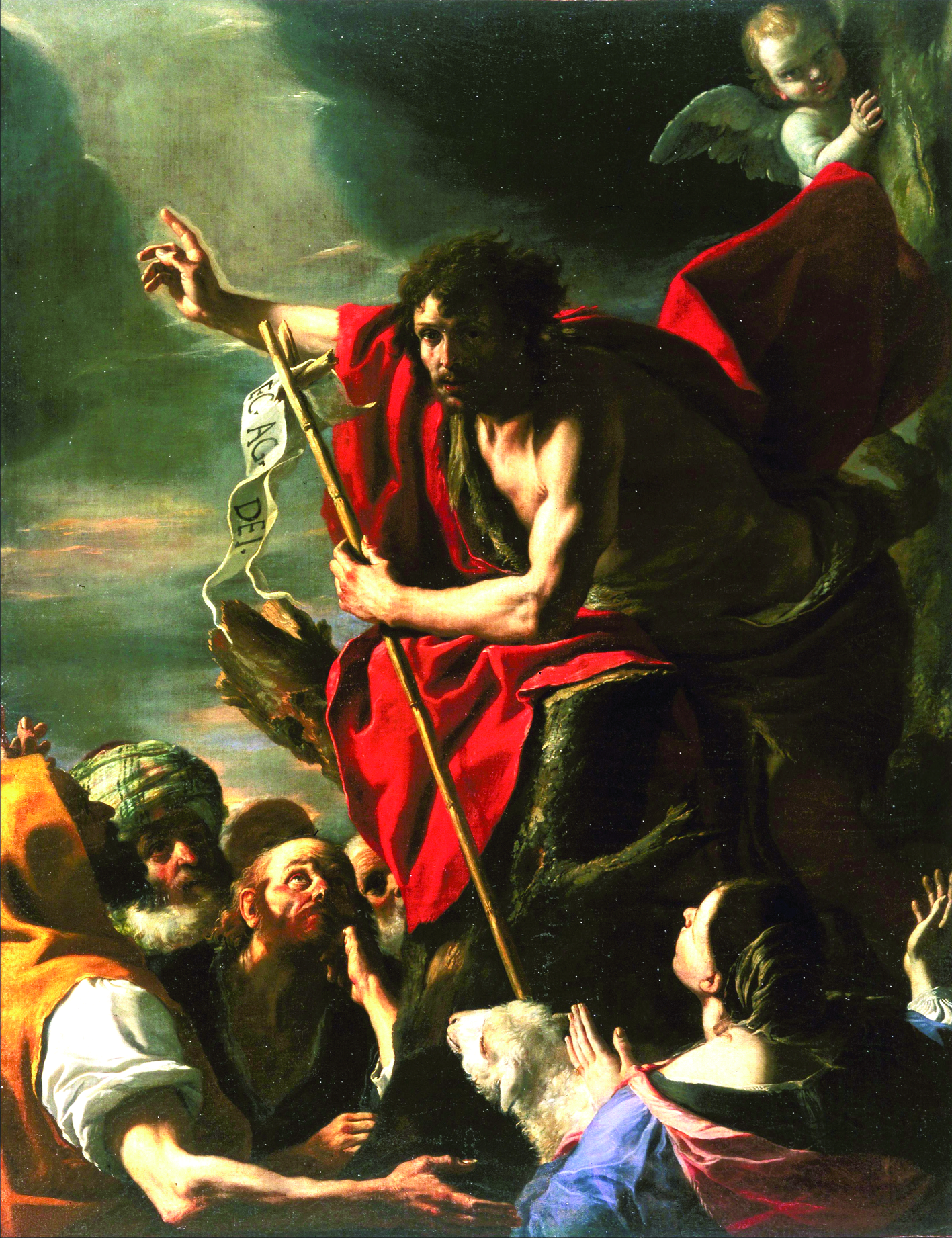
Facebook Comments